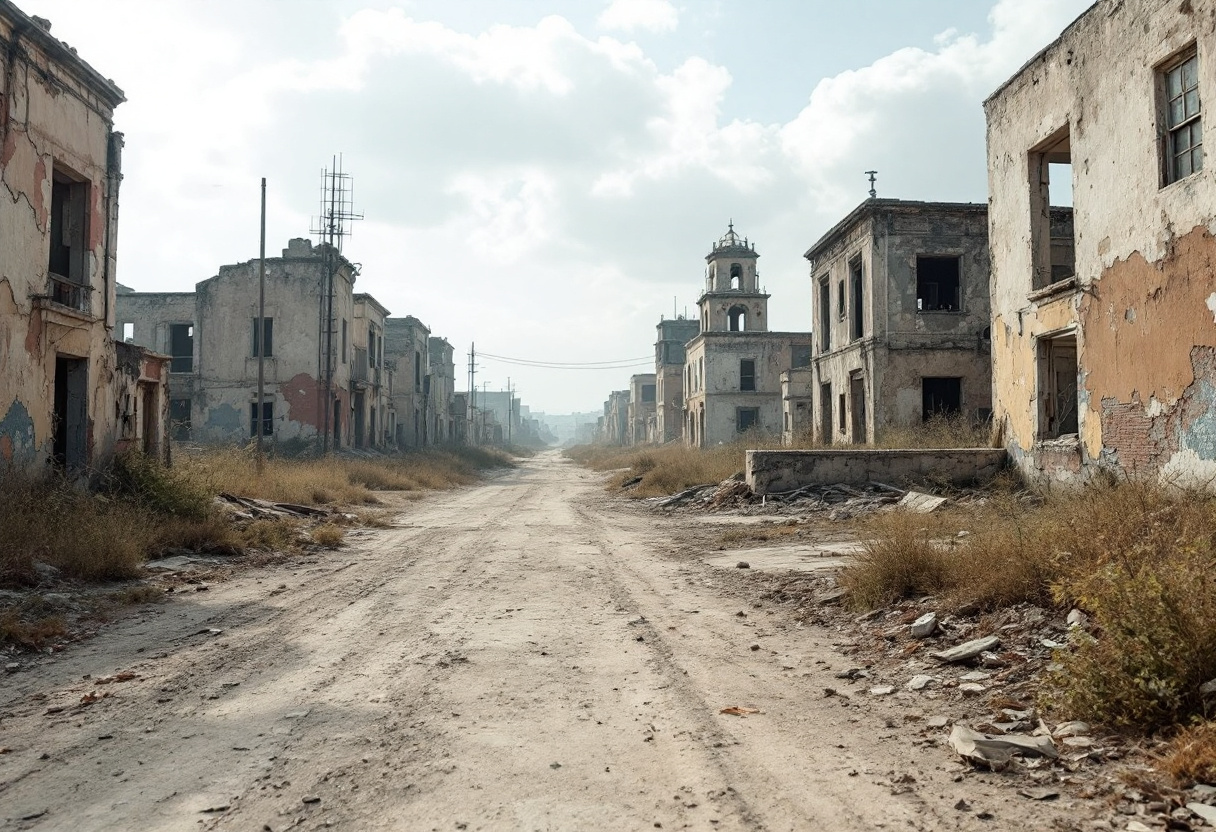Table of Contents
The current state of the Russia-Ukraine war
The ongoing conflict between Russia and Ukraine has reached a critical juncture, with military operations intensifying and geopolitical tensions escalating. Russian forces have made significant advances in Ukraine, prompting a robust response from Western nations.
As the United States and its allies ramp up military aid to Ukraine, the stakes have never been higher. President Vladimir Putin’s recent declarations indicate a shift towards a more aggressive stance, suggesting that he perceives the West as a direct threat to Russia’s national security.
Military aid and its consequences
The influx of military support to Ukraine has been a game changer in the conflict. This assistance not only bolsters Ukraine’s defense capabilities but also serves as a catalyst for further escalation. Putin’s rhetoric has become increasingly bellicose, warning that the West’s actions could lead to catastrophic consequences, including the potential for nuclear conflict.
The Kremlin’s narrative positions Russia as a victim of Western aggression, justifying its military actions as necessary for national defense. This framing is crucial for maintaining domestic support amidst growing war fatigue.
The role of international diplomacy
As the war drags on, the international community faces the daunting task of navigating a path towards peace.
The prospect of a new American administration under Donald Trump could reshape diplomatic efforts, potentially opening avenues for negotiations. However, until a resolution is reached, the risk of miscalculation remains high. Analysts warn that any misstep could trigger a direct confrontation between Russia and the United States, a scenario that many fear could escalate into a nuclear crisis.
The need for clear communication and diplomatic engagement has never been more urgent as the world watches this conflict unfold.




